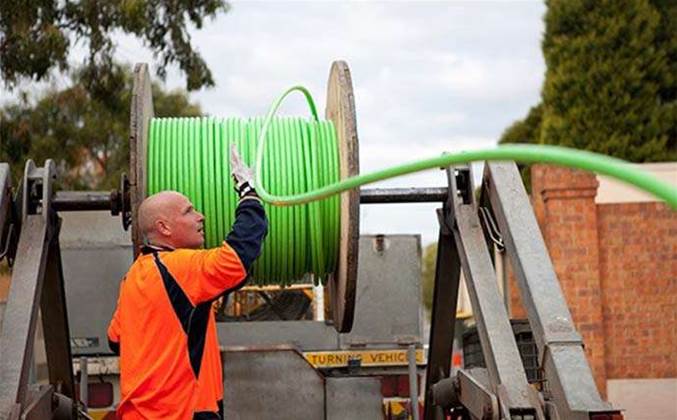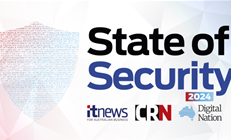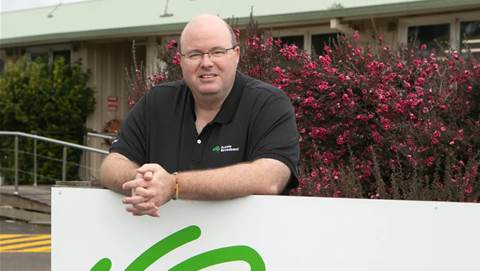Telstra has accused NBN Co of pricing itself - and Australians - out of the fixed broadband market, and becoming a network “for only those who can afford it”.

In an as-yet unpublished 84-page submission to the ACCC, Telstra said that the growing substitution of NBN services with cellular fixed wireless was “inefficient” and not in internet users’ best interests.
It argued instead that NBN Co’s prices should be a lot lower, but that they were being inflated by excessive build costs, in part due to past government policy.
“NBN Co’s current wholesale prices will mean the NBN will become the network for only those who can afford it,” Telstra said.
“It will not be accessible for many Australians who need it.”
Telstra said there were multiple signals that NBN Co’s prices were simply too high, leaving the network “heav(il)y under-utilised”.
Telstra estimated that “25 percent of premises that were disconnected from the copper network chose not to migrate to the NBN”. It said this was “largely related to charging high wholesale prices.”
The telco also cited the substitution of fixed services in part of the market for cellular wireless, which it called “a limited and suboptimal response from customers and RSPs [retail service providers] to NBN Co’s inefficiently high wholesale prices.”
“Price sensitive customers choose not to pay high prices for low-speed NBN plans (50 Mbps and below) and instead take up mobile and fixed wireless for broadband when suitable,” Telstra said.
“High wholesale prices have also resulted in RSPs “losing faith and trust” in the NBN as a solution for their customers. RSPs have actively sought out alternative infrastructures (such as fixed wireless) that are more affordable for end users and allow more opportunity for RSP investment and reward.”
“RSPs are able to offer fixed wireless services in the 50-100 Mbps speed range at a lower price than what they are able to offer on the NBN.”
Though some cellular operators are more buoyant at the prospect of bringing NBN customers on-net via a fixed wireless offering, Telstra didn’t see substitution as a good outcome, pushing instead for the root cause to be solved.
Additionally, Telstra said that “willingness to pay for high-speed NBN plans (100 Mbps and above) is insufficient to warrant NBN Co’s existing prices.”
A new pricing model currently before the ACCC “will amplify this problem, as it attempts to make the 100 Mbps plan the minimum available, but at an even higher wholesale price.”
The ACCC has already raised concerns about this proposed model.
Telstra said approving the new price model would “lock in an upfront increase in wholesale prices for broadband (up to 20 percent [on 50Mbps]), and increase those high prices year on year until 2040 (by as much as 10.8 percent p.a.).”
Telstra said that NBN Co had gotten itself stuck in a “negative cycle” on its pricing.
“The broad approach taken to regulation of NBN prices means that if demand is lower, then prices need to be higher to recover average cost – yet as prices are high demand falls,” Telstra said.
“There needs to be an intervention in this negative cycle, setting wholesale prices lower to encourage greater demand.
“This way the NBN will be accessible for all that need it, not just the few that can afford it.”
Governments partially to blame
Telstra is scathing of the broader proposal, including the new pricing model, put forward by NBN Co, and has called for it to be rejected.
Known as the special access undertaking or SAU, it governs price and non-price terms on the network through to 2040.
Its review by the ACCC came after NBN Co’s top RSPs unified in calling for fundamental change to NBN Co’s wholesale pricing structure.
The process has become particularly drawn out, and with no resolution in sight, RSPs have lost patience, calling for the ACCC to set regulated prices by itself.
Telstra accused NBN Co of ignoring RSP feedback, and of producing a revised SAU that, “in many areas, … does not meet the minimum acceptable standard for a regulatory framework.”
Telstra didn’t pin all the blame on NBN Co, saying that past governments had contributed to the current price model mess.
“Governments will cause NBN Co to commit to inefficient spending whilst under government ownership,” Telstra said.
“The inefficient costs spent under the direction of government has one of two implications: they can be recovered from end users, which is not in the long term interest of end users (LTIE), or they can cause a reduction in the value of government’s equity in NBN Co, which would be in the LTIE.”




















